In the mountain village of Surrein in the canton of Grisons, a chapter in Switzerland’s civilisation history was closed in 2016. Surrein was the last Swiss village to exist without street lighting, a deep black anachronism in an increasingly bright world. But Surrein, too, has finally put an end to the darkness. For 40 years the citizens of Surrein have been arguing for and against pitch black nights. This year–at the fourth attempt – they’ve finally agreed on the erection of 46 street lamps.
The key arguments are a good indicator of how people in Surrein view progress. The place needs street lighting because stepping in cow dung at night is not unheard of, because enormous holes dominate the streets and because as more and more of its inhabitants empty out of the village, those left behind have to care for one another. “We can’t, for example, afford to lose anyone under a car,” argues one local. And it continues to be evident just how much darkness and fear are related to each other: Surrein’s citizens believe that no dark figures move about in lit villages. Indeed, there was a deep-seated rumour circulating in the mountain village for years about a black man with a covered face, who would emerge at night to terrify the people. Yet the Grisons police denied it: this black man – l’um ner – was a figment of the imagination. But it’s better to be safe than sorry... Modern LED lights now illuminate the mountain village so well that even the rumour about the dark figure has quickly faded.
The ongoing expansion of public lighting, which is now coming to a provisional end in Surrein, is justified by cultural and historical logic. Since man has known how to work with fire, light has symbolised warmth, safety and social well-being. But this attitude isn’t shared by all. In Surrein, it was those representing the young generation, of all people, who voted “against the loss of night”. Darkness has its own beauty, their spokesman told a community gathering. The “almost audible silence of the night” would be destroyed by artificial lights. “In Zurich they’d pay good money to get rid of all those lights.”
The darkness of night fades
Just a few more street lamps... is it really such a big deal? But the whole thing actually has come at a cost. Switzerland is paying for the (alleged) increase in security at night with the loss of pure night-time. The scattered lights of cities as well as industrial and tourism facilities are even chasing natural darkness from the countryside. While 25 years ago roughly one third of Switzerland’s natural areas were immersed in darkness at night, this figure was only 18 % in 2009. The trend has relentlessly increased in recent years.
This phenomenon is called “light pollution”, and has long invaded even the most remote of areas. Even in outlying areas with declining numbers of inhabitants, an increase in illumination has been recorded. Surrein is an example of this. The village, now twinkling with lights, has 250 inhabitants. At the start of the debate, around 400 people spent their nights in pitch black darkness.
Judges campaign for dimmed lights
Nature lovers and environmentalists aren’t the only ones concerned. The federal authorities are alarmed as well. If the amount of lights switched on in Switzerland at night increases by 70 % within the next 20 years, it would be “dramatic”, explains Alexander Reichenbach, who works at the Swiss Federal Office for the Environment studying the effects of growing light pollution at night (see interview). And a light bulb went on a long time ago in the minds of those working in the courts. In a landmark judgement in 2009, the Federal Supreme Court ruled that purely decorative lighting was to be switched off at 10 pm. Because when even steep mountain slopes were being put “in their best light”, the federal judges had every reason to be upset. When it came to the expansive illumination of the Mount Pilatus peaks, they found that one should not completely risk “the natural spectacle of dusk”. They added that, “in particular, the colour changes seen on the mountaintop at dusk” are a treasure worth protecting.
Ornithologists and stargazers were the pioneers in the fight against light pollution in Switzerland. Ornithologists made it clear that migratory birds are being caught in the light cone over cities and are sometimes circling to fatal exhaustion. And astronomers complained that the Swiss are completely losing the mind-expanding view of the universe. How about counting shooting stars on a summer night as perseids, leonids and orionids whiz towards the earth in a shot of light? Forget it. Holding hands under the starry ocean of the Milky Way? A thing of the past.
Georg Scheuter, President of the Swiss Astronomical Society, is quite clear on the subject. He says that in Switzerland, city dwellers have “certainly never” seen the Milky Way. Instead of the 5,000 stars that can be seen by the naked eye during a pitch black night, it’s “merely a few dozen” in the big cities. All major Swiss cities are playing “in the big leagues” when it comes to light pollution, he says.
As bright as 20 full moons
For exactly 20 years now, the NGO Dark Sky Switzerland has been fighting to protect Switzerland’s nights. Their motives are obvious, its director Rolf Schatz says: too much artificial light threatens the diversity of nocturnal fauna and has other disadvantages for humans. People can simply “pull down the blinds” at night, says Schatz. “But nature can’t.” To illustrate this, he calculates just how much light infiltrates Switzerland’s nights: the usual street lamps illuminate the surrounding area 20 times more than the brightest of full moons. “If we were expected to tolerate 20 times more sunlight during the day, we’d soon realise that it’s impossible,” he says. But even Schatz sees a bright spot. In Switzerland, more and more people are beginning to realise “that we have long since reached an amount of night light that is no longer beneficial”. This also means that more and more citizens are standing up. They are saying that there’s “something like a human right to dark nights”.
The men and women of Dark Sky Switzerland are no longer fighting the fight for darkness alone. The subject is now an everyday topic. As a result, the Swiss Society of Engineers and Architects (SIA), which sets mandatory standards, put a planning policy in place in 2013 that aims to avoid “unnecessary light emission in outdoor spaces” (SIA standard 491). But Rolf Schatz is still concerned. According to Schatz, technological developments pose risks too. The upgrading of public lighting to LED saves electricity. But these highly energy-efficient LED lamps pose the risk “of increasing the amount of light dramatically”. In this way, energy efficiency could inadvertently lead to a new environmental load.
Exclusive night darkness, certified
When night becomes day, true pitch black darkness becomes a rare, precious commodity. The Gantrisch Nature Park at the foot of the Bernese Alps is latching onto this idea. The Nature Park, a sort of unlit backyard in the city, wants to make night-time darkness its unique selling point. They are working to become a certified “Dark Sky Park”. Worldwide, the International Dark Sky Association (IDA) has certified 37 regions so far. Project manager Nicole Dahinden hopes that the IDA will also certify “her” oasis of darkness by 2019. The Gantrisch area would become the first and so far the only star park in Switzerland. One condition is that all communes located within the nature park participate. So far, they’ve all been willing. Another condition is that the approximately 400 square kilometres of dark landscape actually remain sufficiently dark. To record this, Dahinden roams the nocturnal landscape with her instruments and gathers proof. One initial conclusion: it is darker here than on many of the high Alpine peaks. From there you can see how the bright city of Milan lights up the night horizon.
The goal of becoming the first star park sounds like something driven by marketing ambitions. But Dahinden firmly denies that. Of course protecting the “intangible treasure of darkness” could appeal to a range of people. But the goal of protecting nature is an unmistakeable mission of the project.
In fact, there are large parts of the nature park that lie within an important bird sanctuary. On the one hand, many endangered bird species breed here. On the other hand, numerous migratory birds cross the Gurnigel watershed, and migratory birds in particular rely on the starry night sky. Unlike many other nature conservation projects, no one really feels that protecting starry nights is urgent, Dahinden says. “But there’s nothing negative about it.” What is more, “really, no one can be in favour of light pollution”. And if you fight for dark nights, ultimately you’re fighting for your own health.
There’s at least one group of people who understand perfectly what Dahinden is saying. Astronomers discovered this dark corner of the earth long ago. They make regular pilgrimages to Gantrisch. This dark oasis in a nightly sea of lights is now known throughout Europe. Astro-freaks gather here summer after summer for “Star Parties”, sharing a common glimpse upwards into the infinity of space. The organisers of the parties take this very seriously. Anyone who wishes to move their car after dark is only allowed to use the handbrake and must avoid the brake pedal. Because, of course, the flashing red break light alone would jeopardise the dark experience.
Gantrisch Nature Park: www.gantrisch.ch
Swiss Astrovillage in Lü (GR): www.alpineastrovillage.net
International Dark Sky Association (IDA): darksky.org
Lichtimmissionen (Bundesamt für Umwelt)
Neustes Bundesgerichtsurteil (PDF)
Biology of the night
The fact that moths and other insects get trapped in lamps, only to be scorched to death or to die of exhaustion, is a well-known phenomenon. But birds are especially affected by this. All too often, flocks of birds become trapped in the light cones illuminating cities. They circle inside them until they reach exhaustion, or until they die from exhaustion. Artificial light also leads birds in spring to migrate too early into summer habitats, which cuts their chances of survival. Bats, on the other hand, delay and shorten their search for food if light is projected onto the exit of their roost. Their chance of survival declines, too. Finally, too much artificial light prevents nocturnal amphibians from mating at all. As a result, artificial light has a direct effect on biodiversity.
MARC LETTAU IS AN EDITOR WITH “SWISS REVIEW”



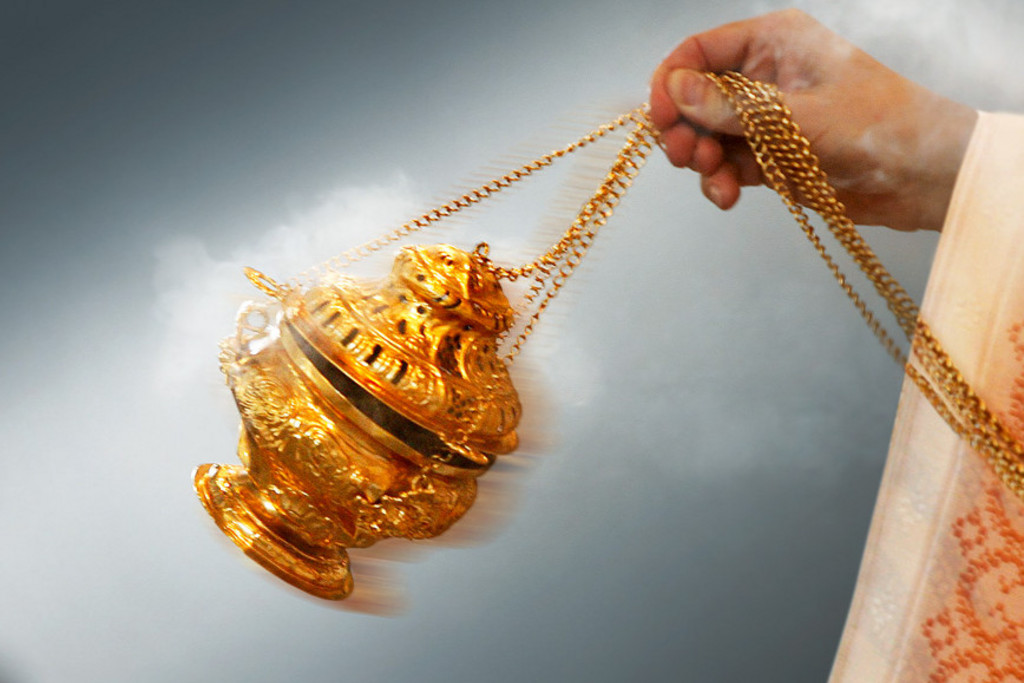

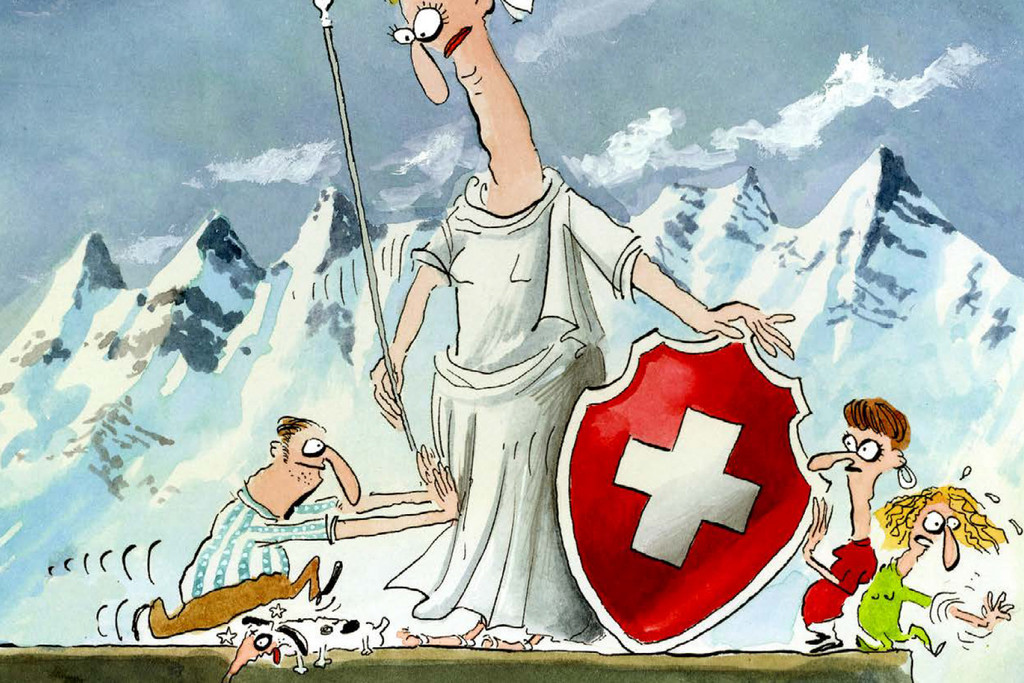
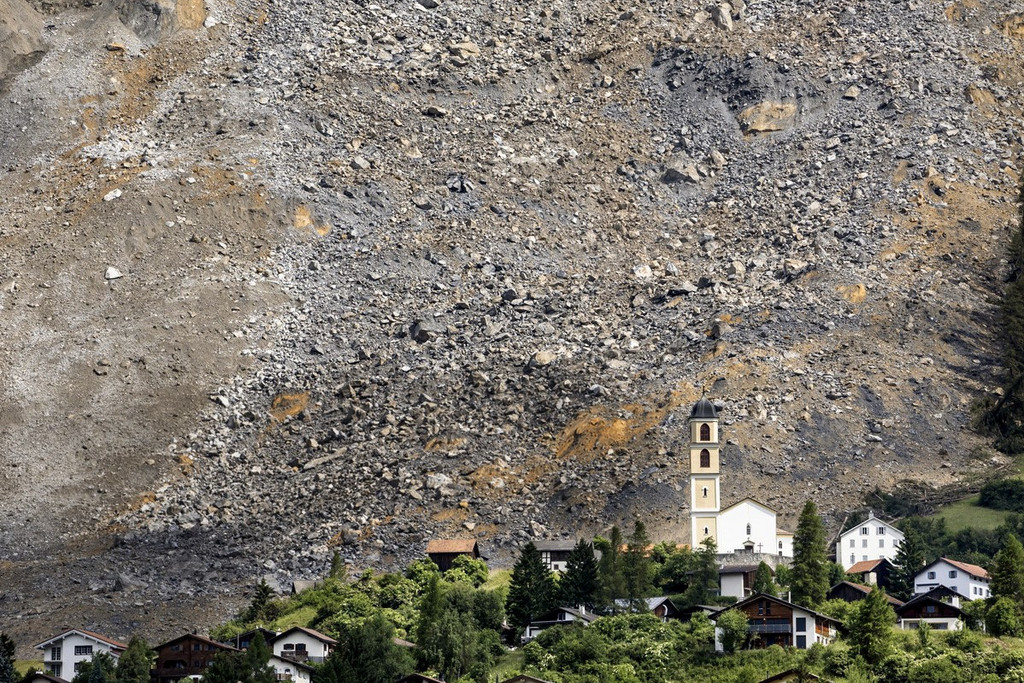




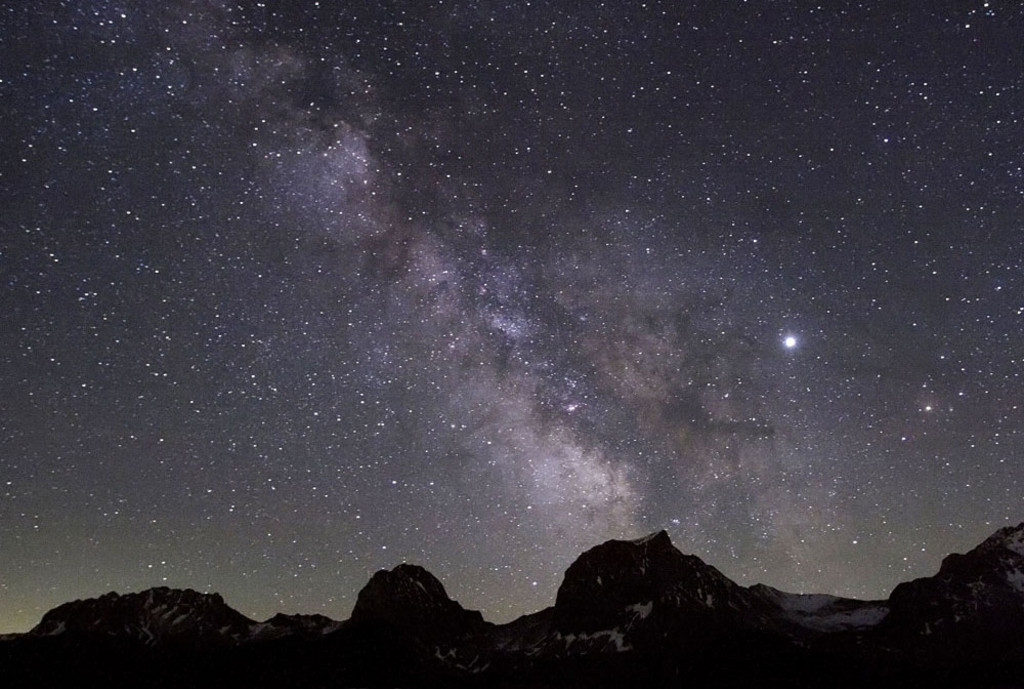
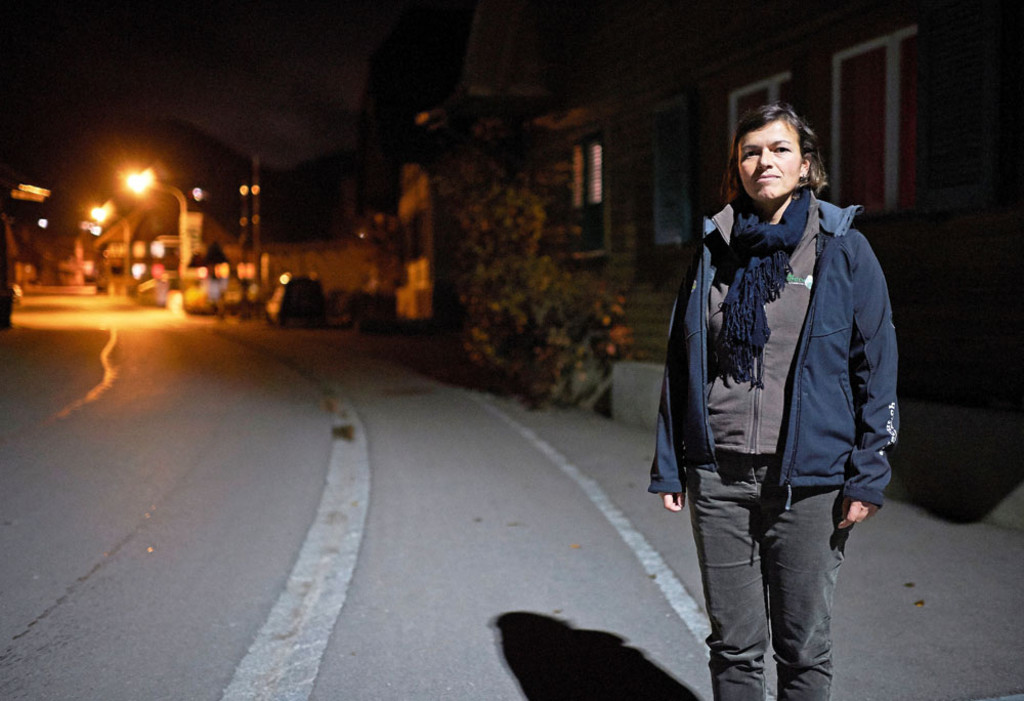
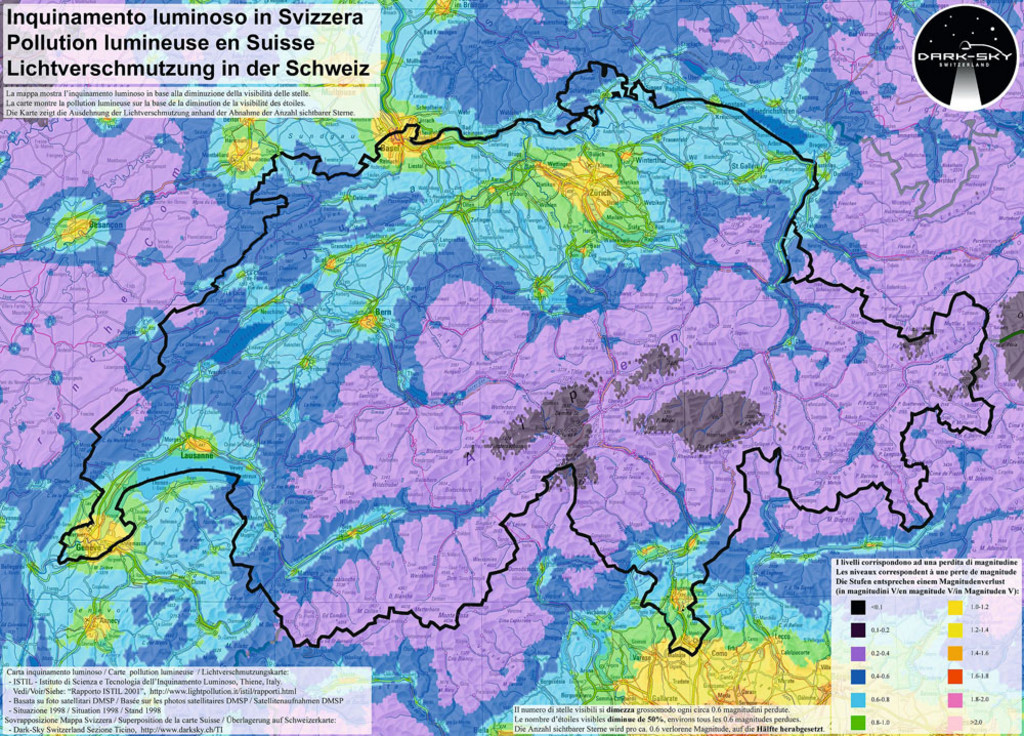
Comments
Comments :
L' article: http://www.nationalgeographic.com/travel/top-10/worlds-best-stargazing-sites/#close
Dark Sky Aqueva: http://www.darkskyalqueva.com/en/?skip-intro=1
Mais aujourd'hui je me pose une question pour nos zones campagnardes d'Europe : à moins de construire des centaines de kilomètres de tunnels, ce qui ne serait pas réalisable, comment peut-on sérieusement envisager d'interdire aux automobilistes de conduire la nuit, car les phares de voitures ne sont pas sans créer de la pollution lumineuse ? Cette question me semble essentielle, mais à ce jour, complètement insurmontable.
Heute lebe ich in Thailand und selbst in stark ländlichen Gegenden ist die Milchstrasse fast nicht mehr zu erkennen!
www.darksky.ch